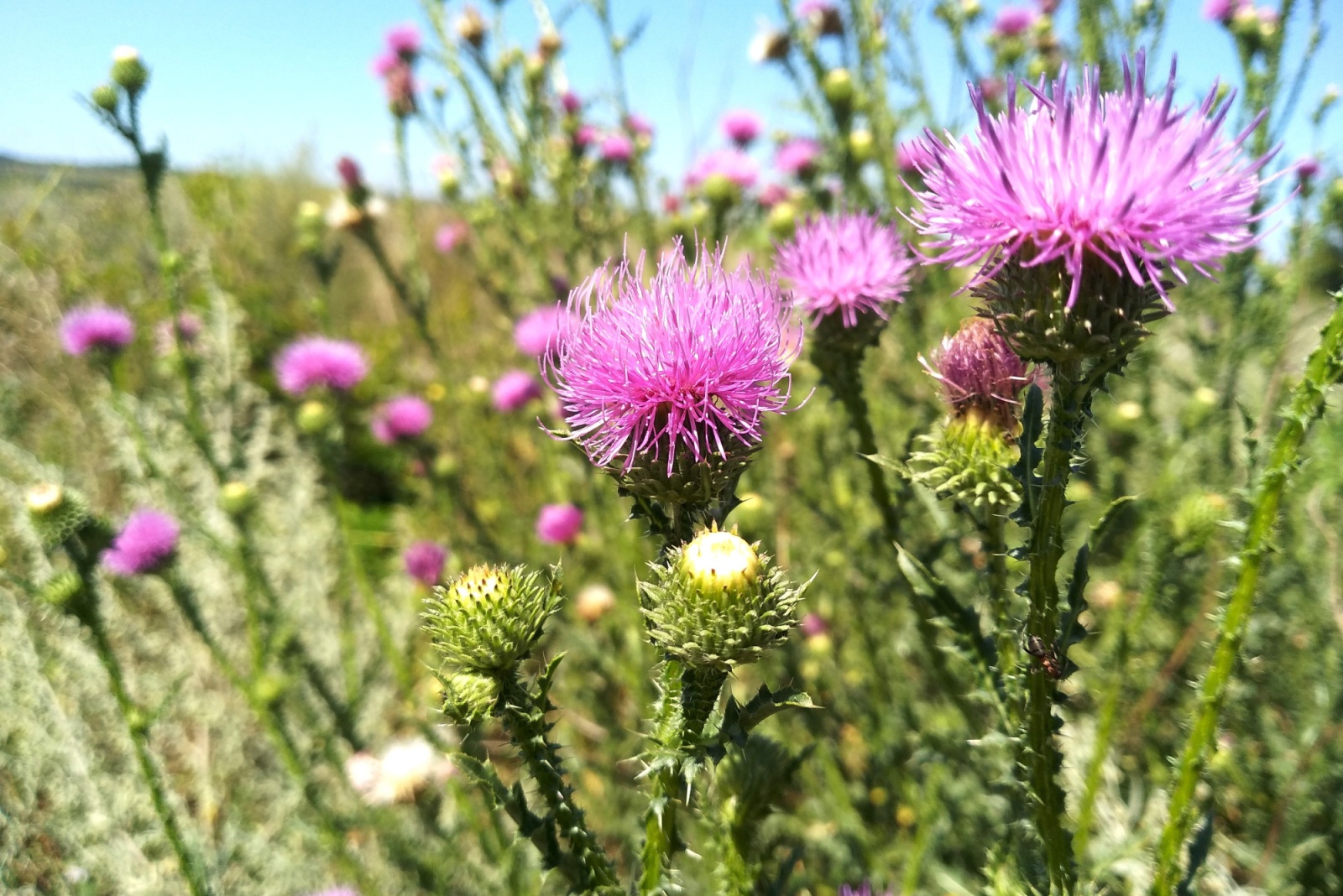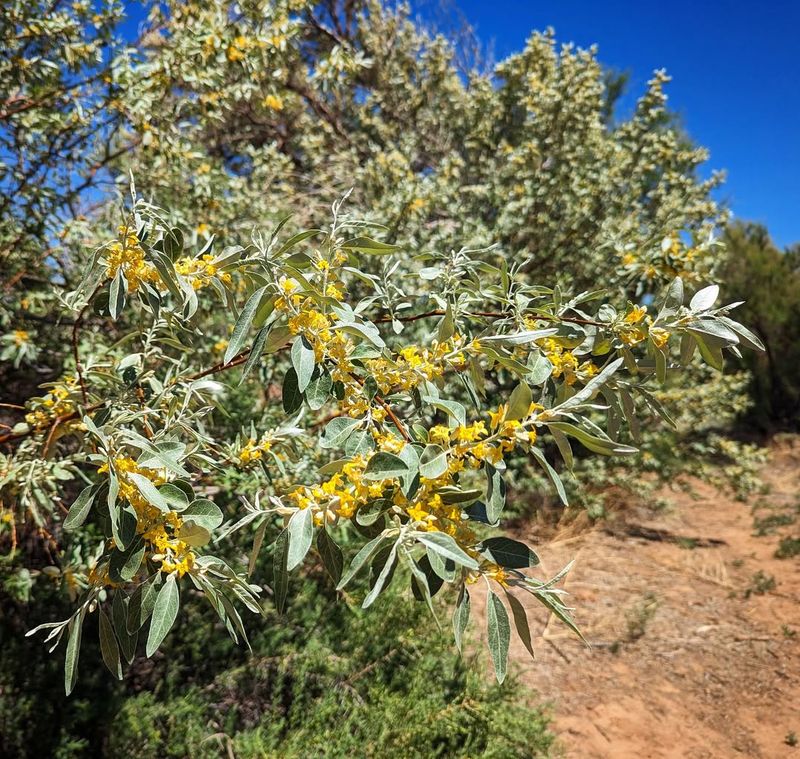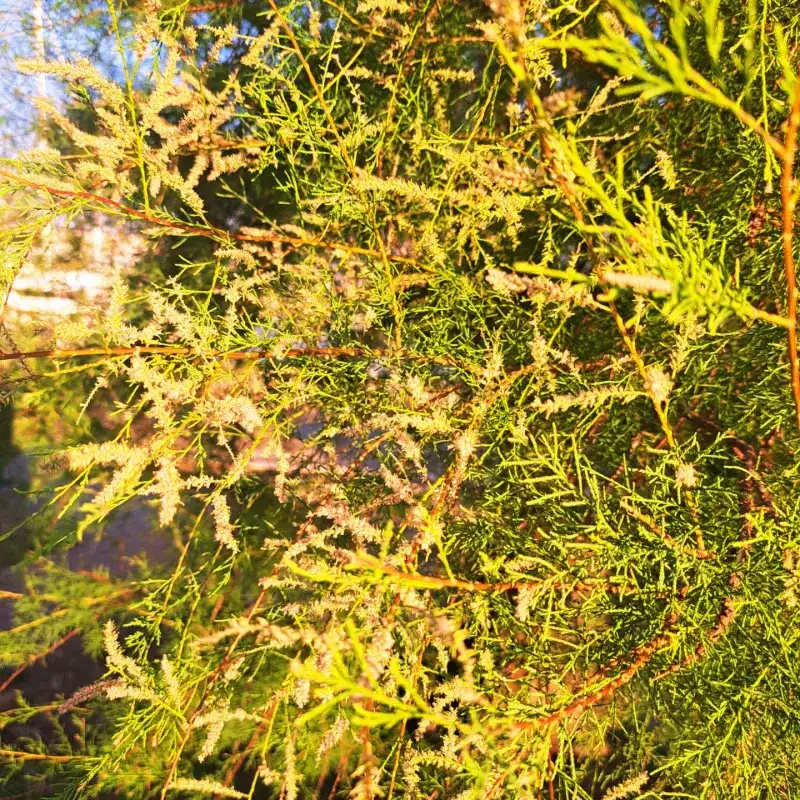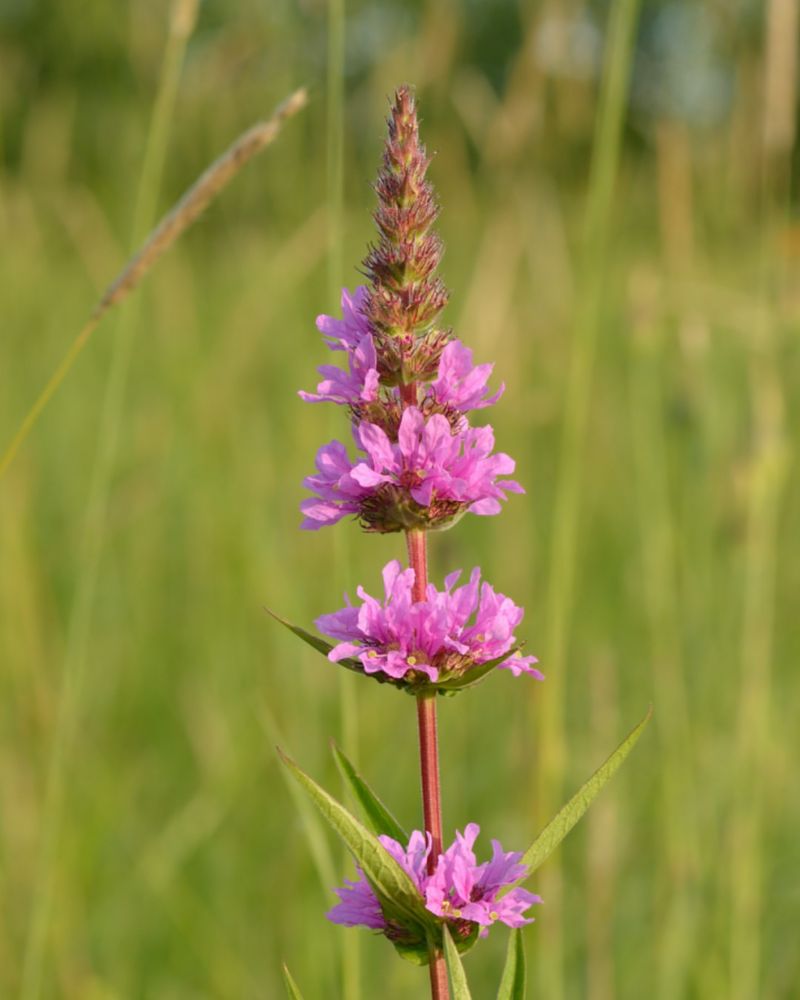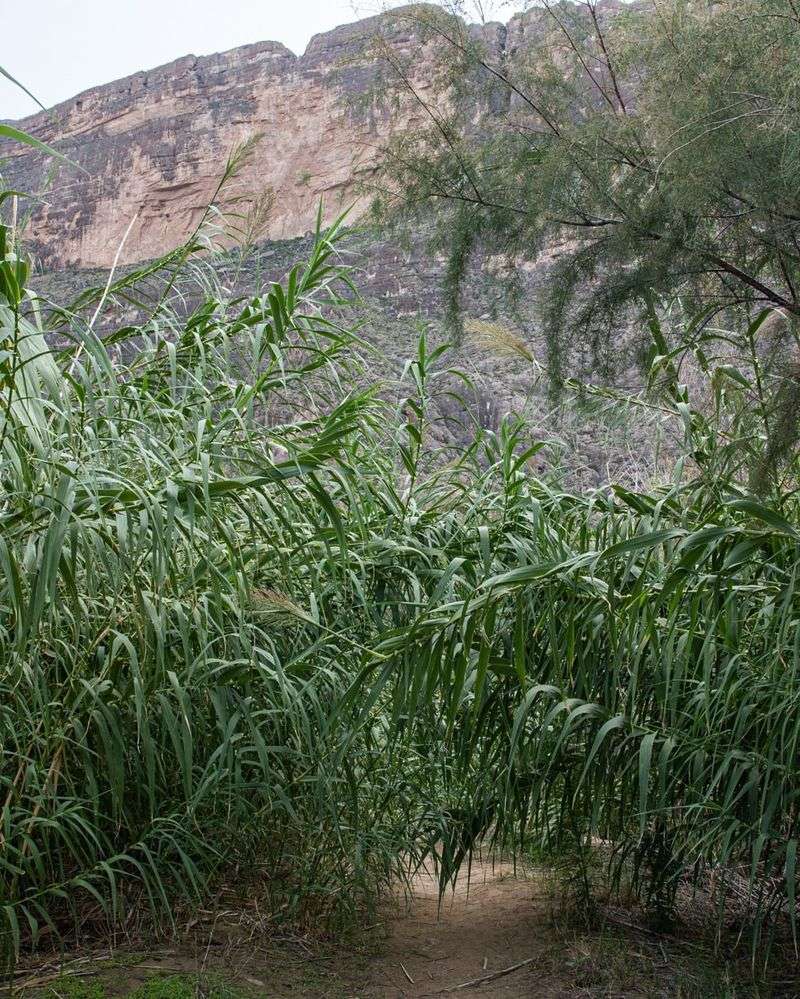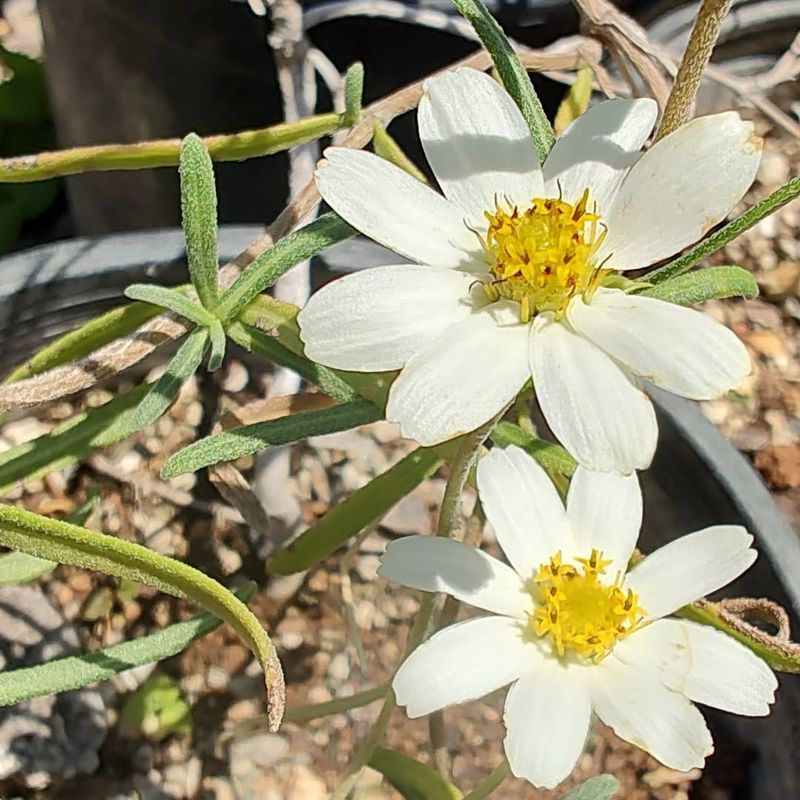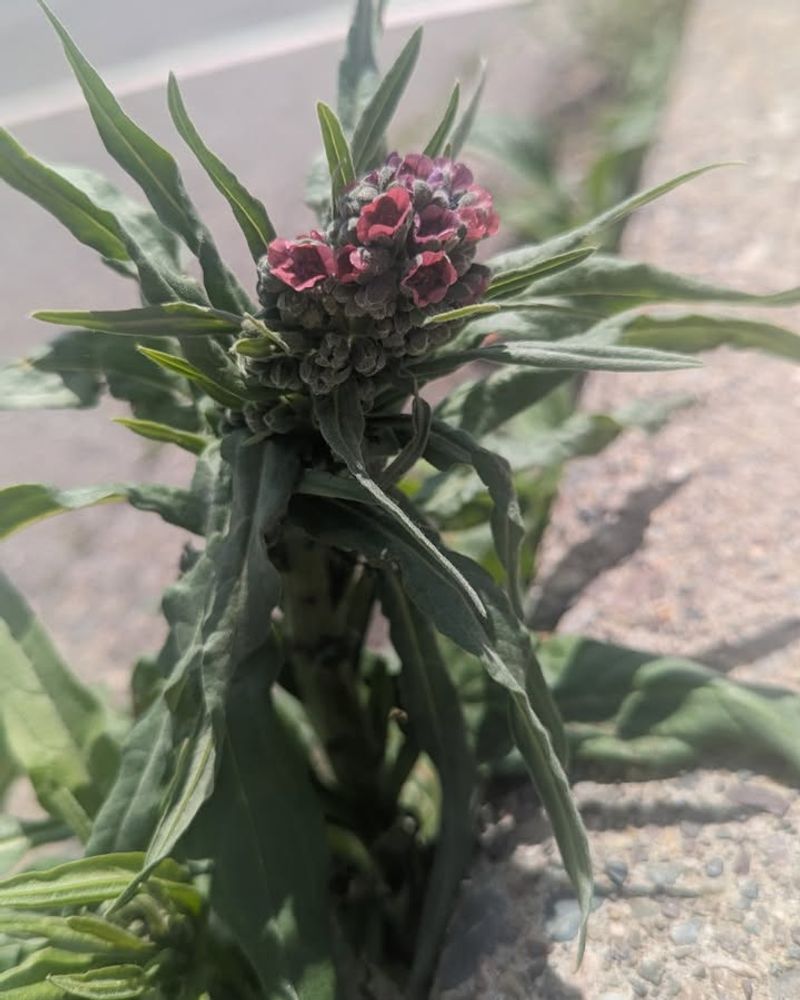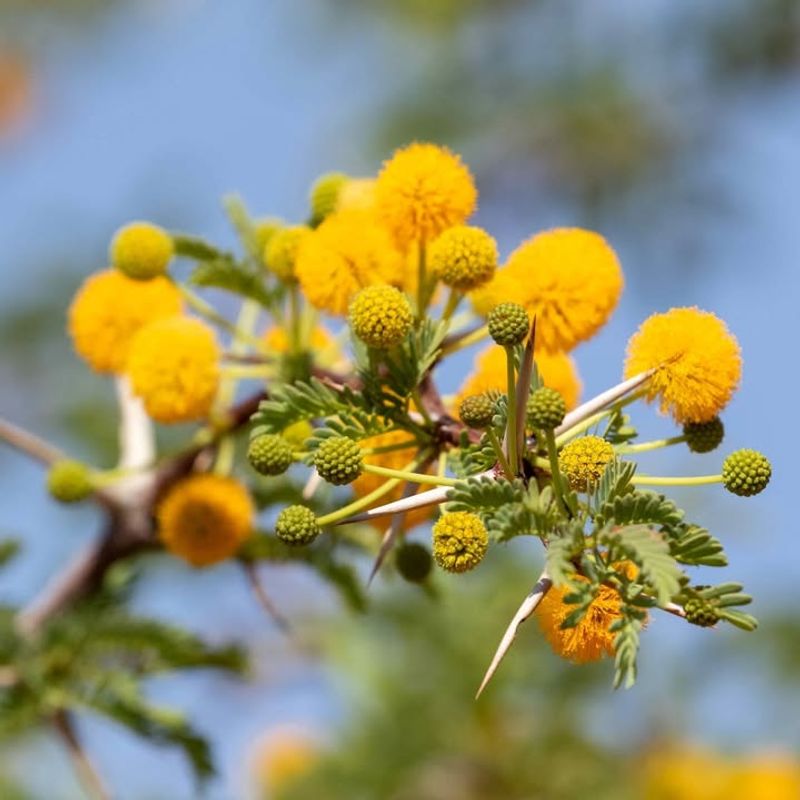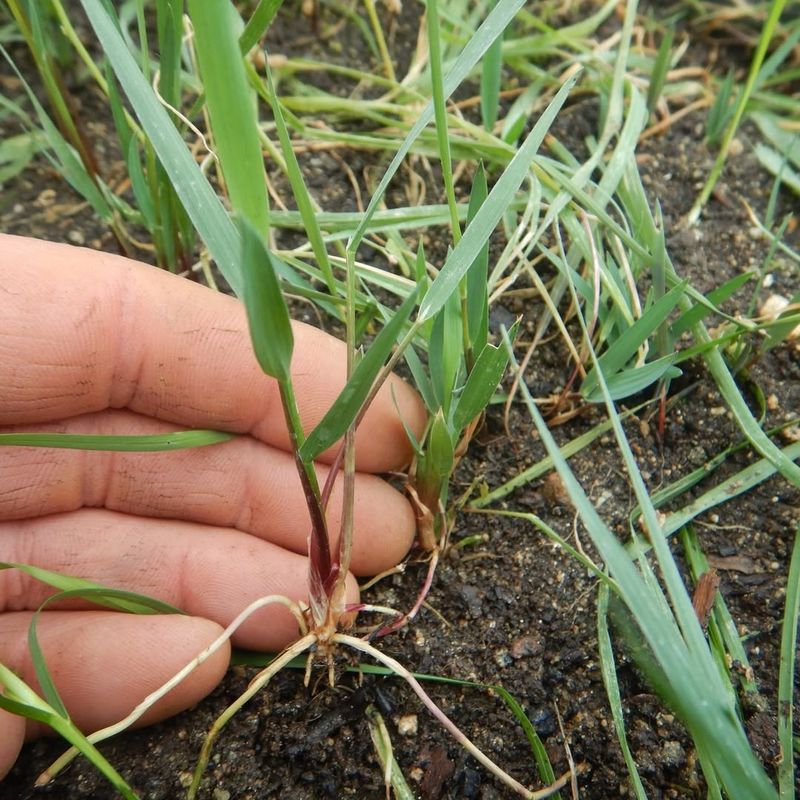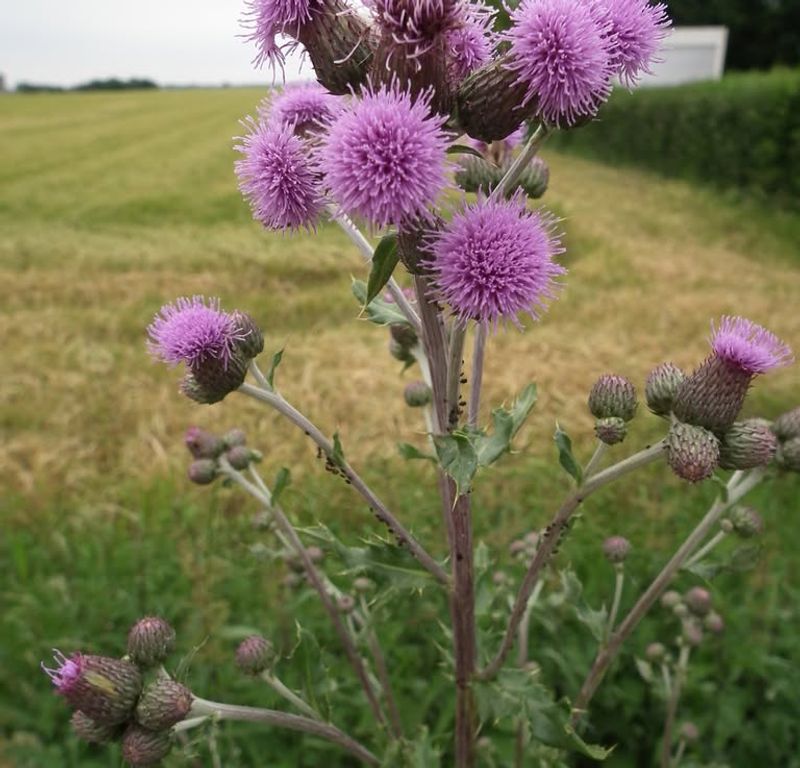Growing a garden in New Mexico comes with unique challenges, from intense sun to dry conditions. However, some plants face legal restrictions that every homeowner should understand before planting.
Whether it’s protecting native ecosystems or preventing invasive species from spreading, these regulations exist for good reasons and can result in fines if ignored.
1. Russian Olive Trees
Russian olive trees might seem harmless with their silvery leaves and fragrant blooms, but they’re actually aggressive invaders across New Mexico. These trees spread rapidly along waterways, choking out native cottonwoods and willows that wildlife depends on.
Their dense thickets make it nearly impossible for other plants to survive underneath. State regulations now prohibit planting, selling, or distributing Russian olive trees.
Property owners are encouraged to remove existing trees to help restore natural habitats. Alternatives like desert willow or New Mexico olive offer similar beauty without the ecological damage.
2. Salt Cedar (Tamarisk)
Salt cedar earned its spot on the banned list by draining precious water resources throughout New Mexico. A single mature plant can consume up to 200 gallons of water daily, leaving streams and rivers depleted.
This Middle Eastern import has no natural predators here, allowing it to dominate riparian areas. The plant’s deep roots and salt-tolerant nature give it an unfair advantage over native species.
Removal efforts have cost millions of dollars statewide. Homeowners caught planting salt cedar face serious penalties, so choose native alternatives like Apache plume or desert broom instead.
3. Purple Loosestrife
With its gorgeous purple spikes, purple loosestrife might catch your eye at the garden center, but don’t be fooled. Each plant produces millions of seeds annually, quickly overwhelming wetland ecosystems across New Mexico.
Cattails, rushes, and other native wetland plants get pushed out, leaving nothing for local wildlife. Waterfowl and other animals lose critical nesting sites when purple loosestrife takes over.
The plant spreads through both seeds and root fragments, making control extremely difficult. New Mexico law prohibits its cultivation, so stick with native bee balm or cardinal flower for similar color.
4. Giant Reed (Arundo Donax)
Giant reed resembles bamboo and can shoot up to 30 feet tall, creating dense stands that block waterways throughout New Mexico. This Mediterranean native spreads through underground rhizomes, forming impenetrable barriers along rivers and irrigation ditches.
Its presence increases flood risk by changing water flow patterns. Fire danger also escalates wherever giant reed establishes itself, as the dried canes burn intensely. Native grasses and shrubs can’t compete with its aggressive growth.
State law bans planting or transporting giant reed, with hefty fines for violations. Consider native switchgrass or big bluestem for ornamental grass needs.
5. African Rue
African rue sneaks into New Mexico gardens through contaminated seed mixes and quickly becomes a nightmare. This toxic plant contains alkaloids harmful to livestock and pets, making rangelands dangerous when it spreads.
Sheep and cattle that graze on African rue can suffer serious health problems or worse. The plant thrives in disturbed soils and roadsides, producing thousands of seeds that remain viable for years. Its deep taproot makes manual removal challenging without getting every piece.
New Mexico regulations prohibit cultivating African rue to protect both agriculture and native plant communities. Choose native penstemons for similar drought tolerance.
6. Perennial Pepperweed
Perennial pepperweed doesn’t look particularly threatening, but its underground network tells a different story across New Mexico. Root systems can extend 10 feet deep and 20 feet wide, making eradication nearly impossible once established.
The plant forms dense colonies that exclude all other vegetation from farmland and natural areas. Agricultural losses mount when pepperweed invades irrigated fields and pastures. Its tiny white flowers produce abundant seeds that spread by wind, water, and contaminated equipment.
State law prohibits planting this aggressive invader. Native globemallow or desert marigold provide better options for white-flowered groundcovers in New Mexico gardens.
7. Camelthorn
Camelthorn arrived in New Mexico decades ago and has been causing problems ever since. This spiny shrub forms impenetrable thickets that render agricultural land useless and block access to waterways.
Its extensive root system can reach down 20 feet, tapping into groundwater that native plants desperately need. The sharp thorns injure livestock and make land management dangerous for ranchers. Each plant produces numerous seeds that remain dormant in soil for years, waiting for the right conditions.
New Mexico law bans camelthorn cultivation and requires landowners to control existing populations. Plant native mesquite or acacia species for similar drought-resistant shrubs.
8. Johnsongrass
Johnsongrass looks innocent enough, but farmers across New Mexico know it as one of the worst agricultural weeds. This perennial grass spreads through both seeds and aggressive rhizomes, quickly infesting crop fields and reducing yields.
Young plants contain cyanide compounds that poison livestock when stressed by drought or frost. The grass outcompetes crops for water and nutrients, causing significant economic losses. Its dense root system makes tillage difficult and expensive.
State regulations classify Johnsongrass as a prohibited noxious weed throughout New Mexico. Native blue grama or buffalograss make excellent alternatives for pasture or ornamental grass plantings in home landscapes.
9. Quackgrass
Quackgrass earns its reputation as a gardener’s nightmare throughout New Mexico. Once established, its underground rhizomes spread relentlessly, popping up everywhere and strangling desirable plants. Each small piece of root left behind can regenerate into a new plant, making removal frustratingly difficult.
The grass competes aggressively for moisture in New Mexico’s already dry conditions. Garden beds, lawns, and agricultural fields all fall victim to its invasive nature.
State law prohibits intentional cultivation, though accidental introductions remain common through contaminated soil or mulch. Choose native side-oats grama or sand dropseed for ornamental grass alternatives that respect boundaries and support local ecosystems.
10. Puncturevine (Goathead)
Anyone who’s stepped on a goathead spine knows why puncturevine makes the banned list in New Mexico. These painful seed pods puncture bicycle tires, pet paws, and bare feet with equal efficiency. The low-growing plant spreads across yards, parks, and trails, producing thousands of these natural caltrops.
Each seed can remain viable in soil for up to five years, ensuring long-term infestations. The plant thrives in disturbed areas and competes with native groundcovers.
New Mexico regulations prohibit cultivation, though enforcement focuses on control rather than eradication. Plant native trailing verbena or prostrate spurge for low-growing alternatives that won’t weaponize your landscape.
11. Musk Thistle
Musk thistle’s showy purple blooms might appeal to some gardeners, but ranchers across New Mexico view it differently. This biennial weed forms dense stands in pastures and rangelands, crowding out nutritious forage grasses that livestock need.
Its spiny leaves deter grazing animals, allowing it to spread unchecked across valuable grazing land. A single plant produces up to 120,000 seeds that disperse by wind over long distances. The thistle adapts to various soil types and elevations throughout New Mexico.
State law requires landowners to control musk thistle populations and prohibits its cultivation. Native globe thistle or chocolate flower offer similar blooms without the invasive behavior.
12. Canada Thistle
Despite its name, Canada thistle causes headaches for New Mexico gardeners and farmers alike. This perennial spreads through both wind-borne seeds and creeping roots that extend several feet underground. Patches expand rapidly, forming dense colonies that choke out crops, garden plants, and native vegetation.
The plant’s deep roots make control extremely challenging, as any fragments left behind quickly regenerate. Agricultural losses mount when Canada thistle invades irrigated fields and reduces crop yields. New Mexico law classifies it as a prohibited noxious weed, requiring active management.
Consider native asters or gayfeather for purple blooms that behave themselves and support pollinators without taking over your property.

